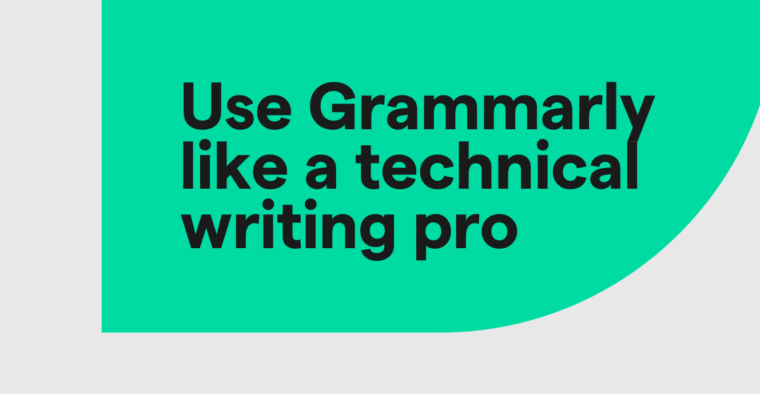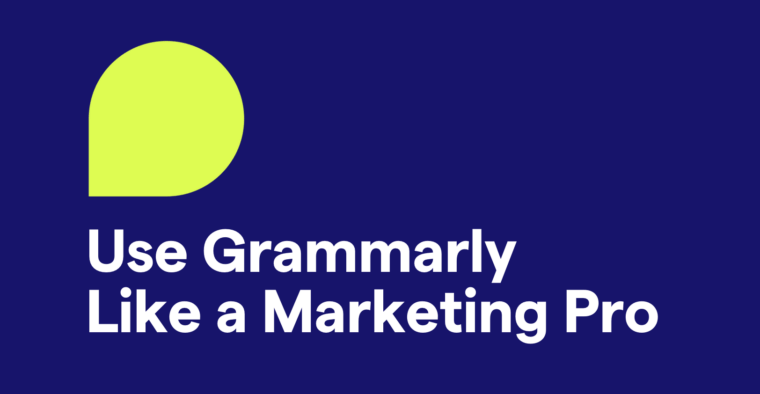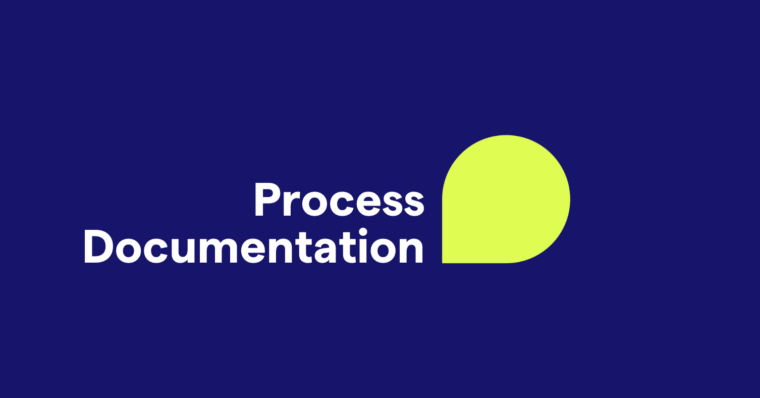
A well-written value proposition is an efficient way to tell customers why your product or service is the best on the market. It should be a concise statement that distinguishes your company from the competition and tells people what benefits you provide over the alternatives.
But writing a value proposition is much different than writing a blog or a professional email.
In this article, we’ll explain what a value proposition is, how it may improve conversion rates, and how to write a value proposition. We’ll also provide examples that have worked for other companies.
What is a value proposition?
A value proposition is a concise statement that explains your company or product’s value to customers, what benefits it provides, and why it’s the best choice for consumers. It answers the question “Why should someone pick your company?” and acts as a statement of intent.
The term is believed to have originated in a 1988 industry research paper by the management consulting firm McKinsey & Co. The firm defined a value proposition as “a clear, simple statement of the tangible and intangible benefits the company will provide, along with the approximate price it will charge each customer segment for those benefits.”
Value propositions should target those who would benefit the most from your product or service. For example, Grammarly’s value propositions are targeted at people looking to write better content.
When and where to use a value proposition
A value proposition should be the centerpiece of your marketing efforts. This means it should appear in physical and online advertisements, on your website, in internal and external newsletters, and anywhere else you’re looking to engage with potential customers.
Value propositions are most often used when launching a new product or service but may be useful if you’re targeting a different customer demographic, expanding into new markets, or adding a new feature to an existing product or service.
3 parts of a value proposition
There are three main parts to a value proposition: a headline, a subheadline, and a visual element.
1 Headline
Your value proposition’s headline should grab people’s attention and communicate the benefit your product or service provides to the customer, similar to how a news headline draws people into the story but summarizes the gist of it in just a few words. You can be creative, but the priority is on communicating why a customer should choose your company.
2 Subheadline
The subheadline, sometimes called the paragraph, should explain what service you offer, who benefits from it, and why you’re better than the competition. A subheadline should be no longer than three sentences.
3 Visual element
The visual element can be a photo, video, or graph that conveys your value proposition in a way words can’t. Find a way to show your customer how your product or service works.
Tips for creating a value proposition
Are you stuck on how to create a value proposition to help meet your company’s marketing strategies? Here are a few tips to get you started.
Identify a problem your company can solve
Remember that a value proposition explains what benefits you provide to a customer. So the first step in writing one is to answer that question yourself. This can be done by doing customer surveys or speaking with your marketing or customer service departments.
Identify the benefits and value you offer
Create a list of your company’s products and services and in one sentence explain how it can be of value to a customer based on their need.
Make sure your benefit matches the customer’s need
Before continuing, make sure the customer’s need aligns with the benefit you offer. If it does, you’re ready to move to the next stop. If it doesn’t, repeat until you can list a benefit that matches the customer’s needs.
Differentiate yourself
Do you provide a service that others don’t? Is there something that makes your product more efficient or valuable to the customer than the competition? Is your product or service more affordable than others?
Your value proposition should tell a customer why you’re better than the rest.
Make it concise
Whether it’s a billboard, website banner, or flier, you need to make your value proposition as concise as possible. It should be two to five sentences long, with the headline counting as one.
Convey benefits over hype and creativity
A value proposition should be creative and get your customers excited about your product or service, but don’t get carried away. Make sure people can tell what service you offer and that everything is conveyed clearly.
Follow a template
Here’s the good news: You don’t need to create your value proposition from scratch. These are three templates used by marketing professionals to develop value propositions for their companies.
Steve Blank Method
Former Google employee Steve Blank created this template in the belief that companies should be able to describe their benefits in a single sentence: “We help (X) do (Y) by doing (Z).”
Geoff Moore Method
Marketing consultant Geoff Moore developed this value proposition method, which has been used by multiple Fortune 500 companies: “For (target customer) who (need or opportunity), our (product/service name) is (product category) that (benefit).” A fanciful example may make it clearer: For parents whose kids don’t get up on time, our Eject-a-Bed is functional furniture that works with the push of a button.
Harvard Business School Method
Harvard Business School believes any good value proposition should answer the following questions:
- What is my brand offering?
- What job does the customer hire my brand to do?
- What companies and products compete with my brand to do this job for the customer?
- What sets my brand apart from competitors?
Value proposition vs. positioning statement
A value proposition and a positioning statement are two key elements of any marketing strategy. While the two have similarities, there are differences between them. A value proposition is a statement of the benefits you provide to customers, and a positioning statement is a broader description of how you provide those benefits.
In fact, you need to develop your value proposition before creating a positioning statement. The first one tells customers what you do and why they should choose you, and the second tells them how you’re going to fulfill a need.
Both are also different from a vision statement, which states a company’s long-term goals.
Value proposition examples
Here are three value proposition examples used by companies:
Imperfect Foods: Groceries that help you fight food waste.
Sustainably sourced, affordable, and conveniently delivered to your door.
Uber: Go anywhere with Uber.
Request a ride, hop in, and go.
Slack: Made for people. Built for productivity.
Connect the right people, find anything you need, and automate the rest. That’s work in Slack, your productivity platform.
Value proposition FAQs
What is a value proposition?
A value proposition is a concise statement that explains your company or your product’s value to customers, what benefits it provides, and why it’s the best choice for consumers.
When and where are value propositions shared?
Value propositions are a centerpiece of any marketing strategy when launching a new company or product, or if a company is targeting a new demographic. They should be shared on your website, in all advertisements, and anywhere else you contact potential customers.
What are the parts of a value proposition?
The three parts of a value proposition are the headline, subheadline (sometimes called the paragraph), and visual element.






